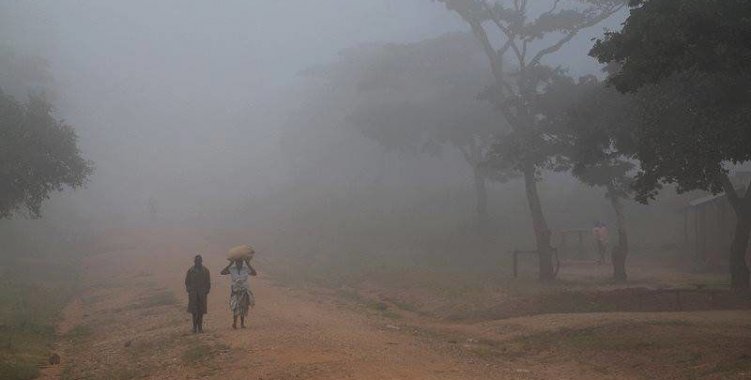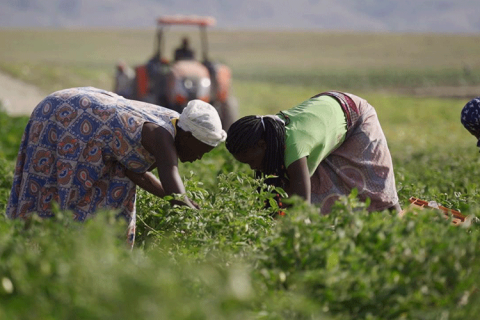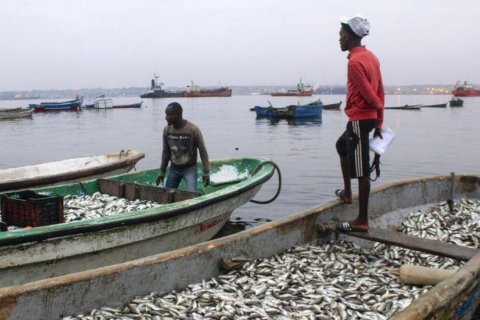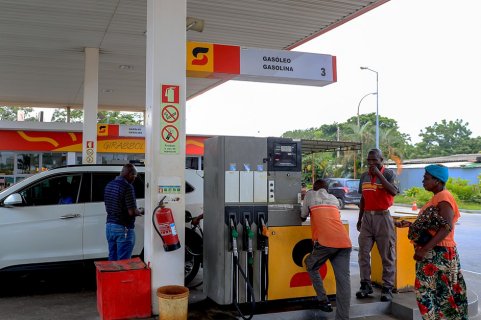Thus, he advanced, in the first days the changes will not yet be felt with the characteristic features of the cacimbo, especially in the northern provinces of Angola. On the other hand, in the south the temperatures have already started a gradual decrease.
"For example, the temperature at the Ondjiva meteorological station recorded a minimum of 13ºC on May 13, 2023, due to the latitude at which it is located", said the official, quoted by Angop.
In terms of forecasts for the coming months, the director of INAMET said that the provinces of Cuando Cubango, Bié, Cunene, Moxico, Huambo and Huíla are the ones that will feel the coldest, where minimum temperatures below eight degrees are expected.
According to Angop, for Benguela, Namibe, Cuanza Norte, Uíge, Lunda Norte, as well as the west, north and east zones of Cuanza Sul, Malanje and Lunda Sul, respectively, forecasts point to the lowest numbers of the thermometer varying between 10 and 15 degrees, while Luanda, Bengo, Zaire and Cabinda will feel less cold.
"The provinces that will register relatively less cold are those of Luanda, Bengo, Zaire and Cabinda, with lower temperatures, between 16ºC and 20ºC", said the official, quoted by Angop.
Regarding the occurrence of rains during this period, the official indicated that, although it is unusual, there could be showers on the coast of Angola.
The cacimbo season in Angola is regulated by the subtropical high pressure belt of the South Atlantic (to the southwest) and Indian Ocean (to the southeast).
The intensification of these two systems during the cacimbo season "favors the decrease in temperature and relative humidity of the air (mainly in the central plateau and in the south, since the subtropical high of the south Atlantic - ASAS, in the southeast - contributes to the entrance of humidity on the coast)", explain the Inamet meteorologists.
It is recalled that the rainy season caused more than 300 deaths and more than 600 injured, among other damages.







